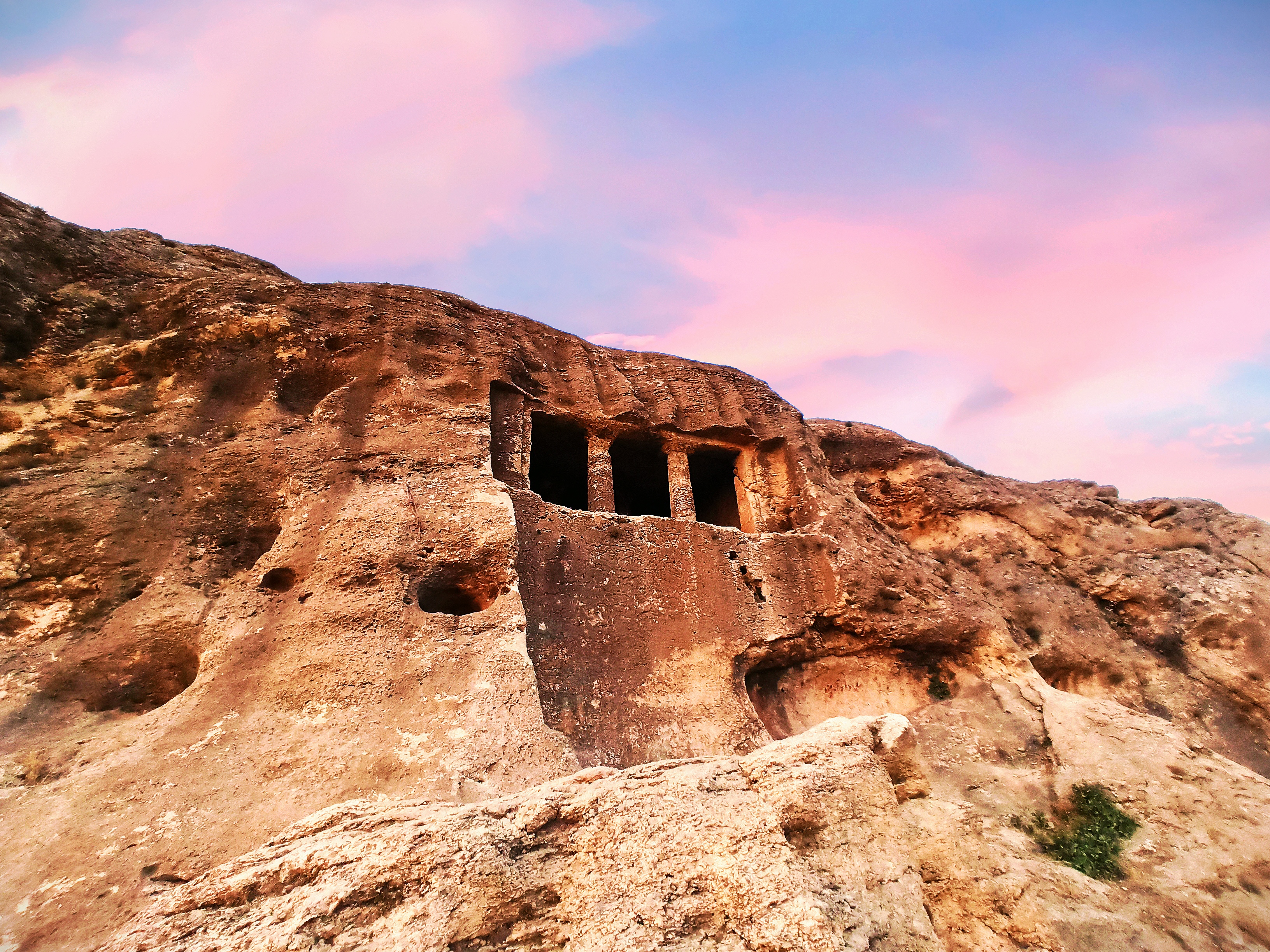Fakhrigah on:
[Wikipedia]
[Google]
[Amazon]
 The rock tomb of Fakhrigah (or Faghragha) (, ) lies 15 km to the northeast of
The rock tomb of Fakhrigah (or Faghragha) (, ) lies 15 km to the northeast of
 The rock tomb of Fakhrigah (or Faghragha) (, ) lies 15 km to the northeast of
The rock tomb of Fakhrigah (or Faghragha) (, ) lies 15 km to the northeast of Mahabad
Mahabad () is a city in the Central District of Mahabad County, West Azerbaijan province, Iran, serving as capital of both the county and the district.
Etymology
Mahabad first became the name of the city after World War I, during the ...
, in West Azerbaijan Province
West Azerbaijan province () is one of the 31 provinces of Iran, whose capital and largest city is Urmia.
It is in the northwest of the country, bordered by Turkey ( Ağrı, Hakkâri, Iğdır and Van Provinces), Iraq ( Erbil and Sula ...
, western Iran
Iran, officially the Islamic Republic of Iran (IRI) and also known as Persia, is a country in West Asia. It borders Iraq to the west, Turkey, Azerbaijan, and Armenia to the northwest, the Caspian Sea to the north, Turkmenistan to the nort ...
. It is located along the Mahabad−Miandoab
Miandoab () is a city in the Central District (Miandoab County), Central District of Miandoab County, West Azerbaijan province, West Azerbaijan province, Iran, serving as capital of both the county and the district.
Demographics Language an ...
Road south of the village of Inderghash in Iranian Kurdistan
Iranian Kurdistan or Eastern Kurdistan () is an unofficial name for the parts of northwestern Iran with either a majority or sizable population of Kurds. Geographically, it includes the West Azerbaijan province, Kurdistan province, Kermanshah pr ...
.
Archaeological history
In 1936Aurel Stein
Sir Marc Aurel Stein,
(; 26 November 1862 – 26 October 1943) was a Hungarian-born British archaeologist, primarily known for his explorations and archaeological discoveries in Central Asia. He was also a professor at Indian universities.
...
, a British archaeologist and explorer wrote about the tomb and defensive constructions further along, and Wolfram Kleiss
Wolfram Kleiss (1930–2020) was a German archaeologist who spent many years of his life in Iran researching and excavating archaeology.
Biography
He was director of the German Archaeological Institute in Tehran. He retired in 1995, and died in ...
prepared sketches of the tombs. In 1896 Jacques de Morgan
Jean-Jacques de Morgan (3 June 1857 – 14 June 1924) was a French mining engineer, geologist, and archaeologist. He was the director of antiquities in Egypt during the 19th century, and excavated in Memphis and Dahshur, providing many dra ...
made an overall plan, including the precise detail of the inside of the tomb and columns, with a copy of the inscriptions already mentioned by Rawlinson, which he subsequently published.
C.F.Leman, an explorer whose main purpose during his travels was to carry out research into the Armenian people
Armenians (, ) are an ethnic group indigenous to the Armenian highlands of West Asia.Robert Hewsen, Hewsen, Robert H. "The Geography of Armenia" in ''The Armenian People From Ancient to Modern Times Volume I: The Dynastic Periods: From Antiq ...
, measured the tomb with precision. Hertzfeld, relying on these sketches, prepared plans and sketches which were also reliable and were used as a basis in all subsequent rock studies.
Description
The tomb structure includes a porch, behind which is a room containing the graves. The tomb is the only one of all the rock tombs identified inIran
Iran, officially the Islamic Republic of Iran (IRI) and also known as Persia, is a country in West Asia. It borders Iraq to the west, Turkey, Azerbaijan, and Armenia to the northwest, the Caspian Sea to the north, Turkmenistan to the nort ...
with a facade, and an interior which has columns and lacks any walls. The facade of the tomb has been built on a completely smooth rock wall, with an average height of 4.70 meters and is of the same width as the facade.
The columned porch is surrounded by an engraved frame, the band of which is 22 cm wide, and which ends on two sides with the two stepped platforms of the front porch. This frames the entrance and is shaped on either side in pillars, and above and below is shaped as a flat portal and a threshold respectively. The two facade columns of the tomb which form the appearance of the tomb in width and depth axis are almost of the same shape. The capitals appear to be composed of simple square or rectangular shapes. The conic pedestals of the two front columns are of the same level as the threshold of the front porch, but are on a different floor level from the main porch.
Behind the front row of columns, there is a porch which is almost rectangular in shape. This has a width of 6.25 meters in the center and a depth of 2.82 meters.
References
*Izirtu; ''Mahabad Cultural & Archaeological Monuments''; 2009. {{Mausoleums in Iran Mahabad Rock-cut tombs Mausoleums in Iran Archaeological sites in Iran History of Mahabad Buildings and structures on the Iran National Heritage List